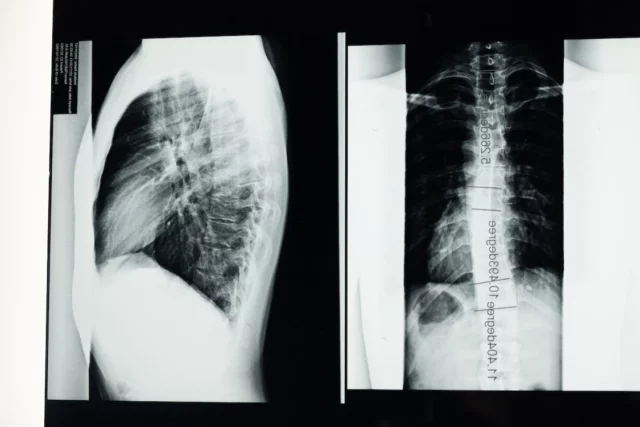
- Injury rates increase when a company’s debt increases and there are negative cash flow stocks
- Injury rates decrease when there are positive cash flow stocks
- The value of a company decreases drastically with an increase in injury rates
As the study shows, there seems to a cyclical correlation with injury rates and company financial standings. This is likely because when there are cash flow issues, companies will service the debt at the expense of workplace safety. Then, there are costs that come with workplace injuries. The company will be subject to more lawsuits, which increases the debt and the cycle continues.
What Can Companies and OSHA Learn from This Study?
The study is one of the first to identify the correlation between a company’s financial condition and the well-being of its workers. After all, keeping a safe working environment takes funds. Money must be put towards maintaining equipment to prevent malfunctions, upgrading to equipment with better safety features or activities that promote safety, such as supervision and safety training. Hopefully, this data will help influence company policy makers to view workplace safety as a long-term financial investment.
Additionally, this may have implications for the Occupational Safety and Health Administration (OSHA), moving forward. Companies that are in financial turmoil could be red flags for locations that have potential unsafe working conditions. It may be something OSHA should keep its eye on and an issue considered during inspections.
The Law Offices of Aaron Allison is a workers’ compensation law firm in Austin, Texas that can help those who have sustained on-the-job injuries.





